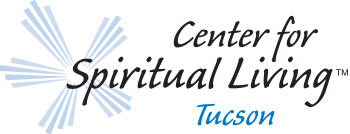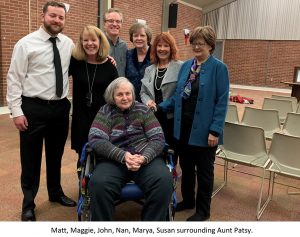Telling Our Stories Still
Holidays frequently bring families together, and part of being a family is hearing some old stories more than once, but something special happens when we hear a story that gives us something new, something we didn’t know and gives us an insight not only into who we came from, but also into ourselves.
A new way of seeing who they are, but also aspects of ourselves. Sometimes it’s surprising. Because sometimes it’s how we are and sometimes it’s how we want to be. Or not.
The importance of these stories lies a lot in exactly that — what we learn about ourselves from their telling their stories.
Telling my story on these pages has been an enormous impetus to dig down and clarify exactly what my becoming and being a member of CSLT means to me. That meaning changes as I learn and grow in the teachings, the classes and in fellowship.
Last year’s Community Envisioning set as one of our goals “To Encourage the “Telling of Our Stories.” Because the importance and value of that sharing cannot be overstated.
We are not the same, therefore we should never be bored: occasionally mystified, perplexed and often amazed, but never bored.
Each of us is a unique expression. We know that. We say it often. Let the meaning of that resonate in your soul for a moment, or five. What you bring to CSLT and what CSLT brings to you is different from my experiences. Different from everyone else’s as well.
Far from meaning that your experience is too different to mean anything to anyone else — it is your uniqueness– that “special sauce” that CSLT is for you — which can help others expand and grow their own knowing. Our differences underline and strengthen the wonder of our uniqueness.
Sometimes it is the knowing that others did it differently, that enables us to do it our way.
And, sometimes we learn that others share our vision, our challenges our dreams.
We are always at choice to remain and grow in our own garden OR we can trade seeds with our neighbors and maybe add a new flavor to our lives and to theirs.
Which brings me to the request our Community sends out to each of you reading this.
Please share your story of finding, joining and experiencing CSLT.
It needn’t be long; it just needs to be your CSLT story. If writing is not your favorite thing, we have gentle folk who are experienced assisters and who share our love for CSLT.
Talk to any Board Member and we’ll be happy to help. We’re waiting to hear and to learn.
Or drop me a line or give a call:
mmoery@gmail.com Cell: 917.653.7378 – If I don’t answer, be sure to leave a message, or you’ll never hear back.
–Peace & Joy in this Season, and Beyond, Mariann






